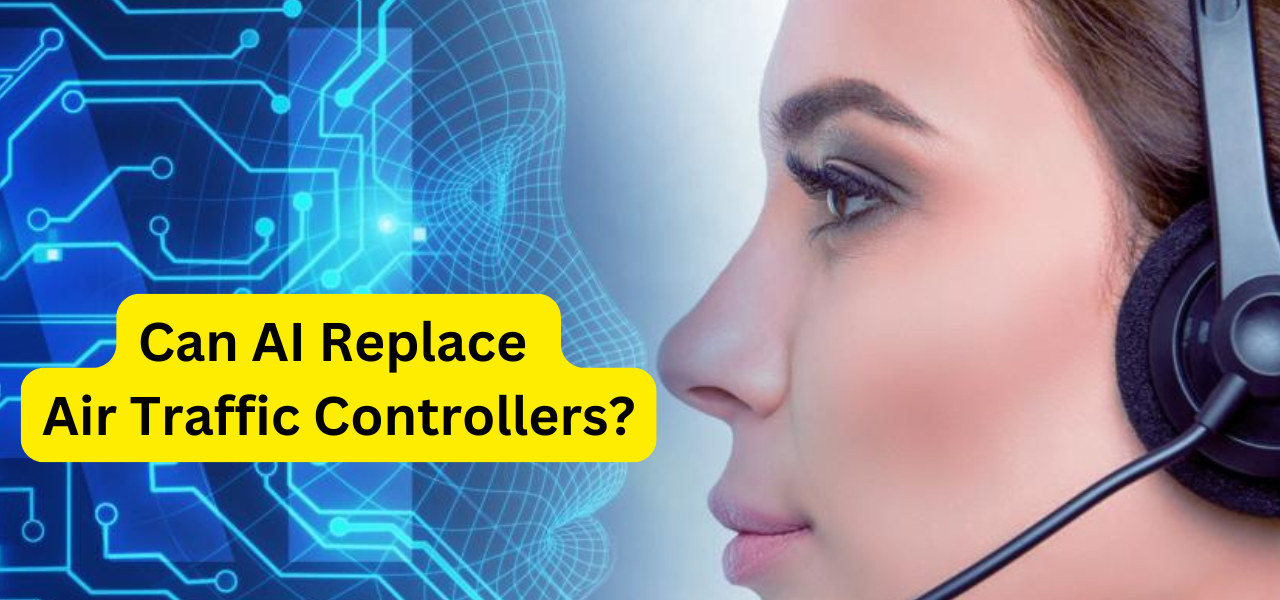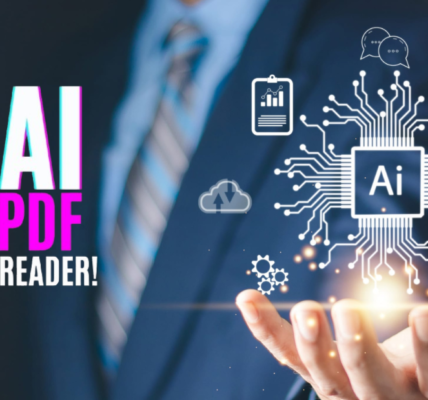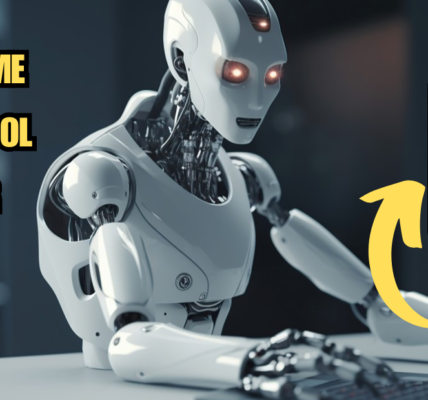AI cannot completely replace the air traffic controller, AI can help humans in their work. Through AI, you can find out where we need to improve. What things need to be improved. But the traffic It is not in my power to control.
What are Air Traffic Controllers?
The Air Traffic Controller monitors the incoming and outgoing planes. He also guides the pilots through the crowds and dense air traffic in the sky. He has to control various airplanes and towers and communicate with the pilots. They are told how to fly safely so that there is no problem of any kind. This has become the most challenging job in today’s times.
Taking immediate decisions according to the situation
The role of the air controller is that as soon as the situation changes, they have to be alert, whether it is an ordinary change or a technical problem. You always have to be alert in every emergency. Many times you also have to face a checkpoint. That is why the air controller always has to be alert.
What is AI and its current capabilities?
AI is machine learning and automation. It has been developed by machine learning AI through which you can get any information in the future. It also works as a guide and teacher. Through it, you can learn past experiences and you can think about what to do in the future. You can develop on it.
AI Solves Difficult Tasks
Whether AI is needed in a medical emergency or in an industry or to serve money, it has already been proven that AI can solve any difficult task with ease. But the biggest question is whether AI can control air traffic.
AI’s main role in aviation
AI has been playing a major role in applications in cockpit automation since the beginning. Information about the path of the pilot flight through the cockpit automation system, help in monitoring its fuel, all this has always been done by AI, which is seen as work..
AI provides information about Maintenance, Flight Scheduling and Logistics
AI tells you from time to time how to plan the aircraft, corrects disruptions caused by the helicopter, guides timely, and gives information about flight timing and scheduling, and any obstacles that come in the way of the human.It is a bit challenging to control air traffic through AI. It can point out the mistakes happening through the pilot and can also tell how to correct them but it does not have a pattern to manage these unpredictable variables.
Contribution of AI in Air Traffic Control
AI has been doing many tasks already such as providing data of flight, weather information etc. on time. AI keeps on giving you information about any problem that is going to happen, any warning or any action or any problem that is going to happen in future.
Can AI relieve the stress and complexity of air traffic management?
The Need for Emotional Intelligence Air traffic management is not just about crunching numbers; it involves a deep level of emotional intelligence, communication, and empathy—skills that AI simply doesn’t possess.AI and Human Collaboration Instead of thinking about whether AI can replace air traffic controllers, it’s more realistic to see AI as a tool that can work alongside humans.
AI can handle routine tasks and data analysis, freeing up controllers to focus on critical decisions.
Can AI Fully Replace Air Traffic Controllers?
The Limits of AI Autonomy
While AI is a powerful tool, it has limitations when it comes to managing complex, dynamic environments. Complete autonomy in air traffic control is not feasible given the current state of AI technology.
The Irreplaceable Value of Human Intuition
No matter how advanced AI becomes, it’s unlikely to fully replace human controllers. The ability to think creatively, make intuitive decisions, and manage unpredictable situations are qualities that machines simply cannot replicate.
Public Perception and Acceptance
Trust in AI-Driven Aviation
The public’s trust in AI-driven aviation will play a major role in determining how much autonomy AI systems will have. People may be hesitant to trust their safety entirely to machines.
Passenger Safety Concerns
Despite advancements in AI, passenger safety remains a top priority, and full automation without human oversight may cause anxiety among passengers.
Conclusion
while AI is undoubtedly revolutionizing the aviation industry, replacing air traffic controllers entirely seems unlikely in the near future. AI can assist and enhance the work of human controllers, but the complexity and unpredictability of air traffic management require the unique skills of human decision-making. A collaborative approach, where AI and humans work together, is the future of air traffic control.
FAQs
What are the main challenges of AI in air traffic control?
AI faces challenges in managing unpredictable situations, emergency responses, and interpreting human behavior, which are crucial in air traffic control.
Can AI handle emergencies as well as human controllers?
While AI can assist in identifying problems, it lacks the adaptability and intuition required to manage unpredictable emergencies as effectively as human controllers.
Are there any airports already using AI for air traffic management?
Yes, some smaller airports are testing AI-based air traffic management systems, though human controllers still play a significant role.
How does AI work alongside air traffic controllers today?
AI assists controllers by analyzing flight data, monitoring air traffic, and providing real-time insights, helping them make more informed decisions.
What does the future hold for AI in aviation?
The future likely involves a hybrid model, where AI handles routine tasks while human controllers focus on more critical decision-making processes.
Read also




